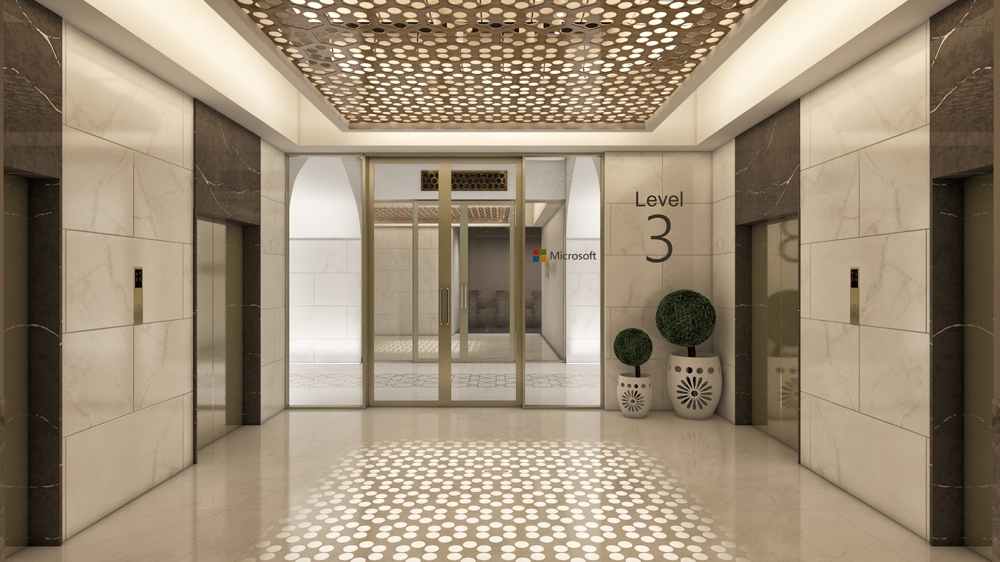Talking of vertical transportation, elevators and escalators play a pivotal role in ensuring efficient movement within buildings. However, the one-size-fits-all approach rarely works when it comes to these critical components. To meet the diverse needs of buildings, from skyscrapers to shopping malls, custom solutions are becoming increasingly essential. This article delves into the importance of elevator & escalator services for buildings and the unique requirements of different structures.

Understanding the Diverse Building Landscape
Buildings come in all shapes and sizes, each with its own set of challenges and demands when it comes to vertical transportation. For instance, a residential apartment complex may require a different elevator solution than a bustling commercial office tower. Likewise, an airport terminal’s escalator needs differ from those of a retail shopping center. These variations necessitate the careful consideration of elevator and escalator systems, ensuring they are tailored to the specific requirements of each structure. Such customization not only enhances efficiency but also promotes safety and sustainability, reflecting the ever-evolving demands of the architectural and technological landscape.
Maximizing Efficiency with Custom Elevators
Elevators are the lifelines of many buildings, especially in high-rise structures. To ensure optimal performance and passenger satisfaction, customizing elevator services is key.
- Speed and Capacity: Tailoring elevator speed and capacity to match the building’s traffic patterns is crucial. High-rise buildings may require faster elevators with larger capacities to move people efficiently, while low-rise buildings can benefit from smaller, slower elevators.
- Destination Control Systems: Modern elevators can be equipped with destination control systems that optimize the elevator’s route based on passenger requests. These systems can be fine-tuned to reduce wait times and energy consumption, a feature particularly valuable in busy office buildings.
- Accessibility Features: For buildings catering to individuals with disabilities or an aging population, customized elevators with enhanced accessibility features like tactile buttons, voice announcements, and braille instructions are essential.
Adapting Escalators for Varied Environments
Escalators are ubiquitous in places with high pedestrian traffic, such as shopping centers, airports, and transit stations. Customizing escalator services can significantly impact user experience and operational efficiency.
- Length and Speed: The length and speed of escalators should be adjusted based on the anticipated foot traffic. Shorter escalators with lower speeds may be adequate for small retail stores, while longer, faster escalators are better suited for large transit hubs.
- Maintenance Schedules: Customized maintenance schedules for escalators ensure they remain in peak condition. In high-traffic areas, more frequent maintenance may be necessary to prevent downtime and safety concerns.
- Safety Features: Escalators should be equipped with safety features tailored to the specific environment. For instance, outdoor escalators may require weather-resistant materials and safety measures to prevent slip and fall accidents.
Energy Efficiency and Sustainability
In today’s world, sustainability is a top priority for many building owners and operators. Custom elevator and escalator solutions can contribute to energy efficiency and reduced environmental impact.
- Regenerative Drives: Elevators can incorporate regenerative drives that capture and reuse energy during operation. This not only reduces energy consumption but also lowers operating costs.
- LED Lighting: Implementing LED lighting in elevators and escalators not only saves energy but also provides better visibility and aesthetics. Customized lighting solutions can enhance the overall atmosphere of a building.
- Materials and Design: Choosing sustainable materials for elevator and escalator components can reduce the carbon footprint of these systems. Custom designs can incorporate eco-friendly materials that align with the building’s sustainability goals.
Future-Proofing for Technological Advancements
Technology in the vertical transportation industry is continually evolving. Custom solutions should consider future-proofing to accommodate upcoming advancements.
- Remote Monitoring: Customized elevators and escalators can be equipped with remote monitoring systems that allow for real-time diagnostics and predictive maintenance. This technology ensures minimal downtime and extends the lifespan of the equipment.
- IoT Integration: Custom solutions can include Internet of Things (IoT) integration, enabling data-driven insights and predictive analytics for elevator and escalator performance. This not only enhances safety but also reduces operational costs.
- Adaptive Controls: Elevators and escalators with adaptive control systems can adjust their behavior based on usage patterns and traffic flow, optimizing efficiency and passenger experience.
Conclusion
In the world of vertical transportation, elevators and escalators are far from one-size-fits-all solutions. The diverse landscape of elevator & escalator services for buildings demands tailored services that maximize efficiency, safety, and sustainability. Customizing elevator and escalator systems to meet the unique needs of each building is not just a luxury but a necessity in today’s architectural and technological landscape. As technology advances and buildings continue to evolve, the importance of custom solutions in vertical transportation will only grow, ensuring that buildings of all types can provide seamless, efficient, and sustainable movement for their occupants.
